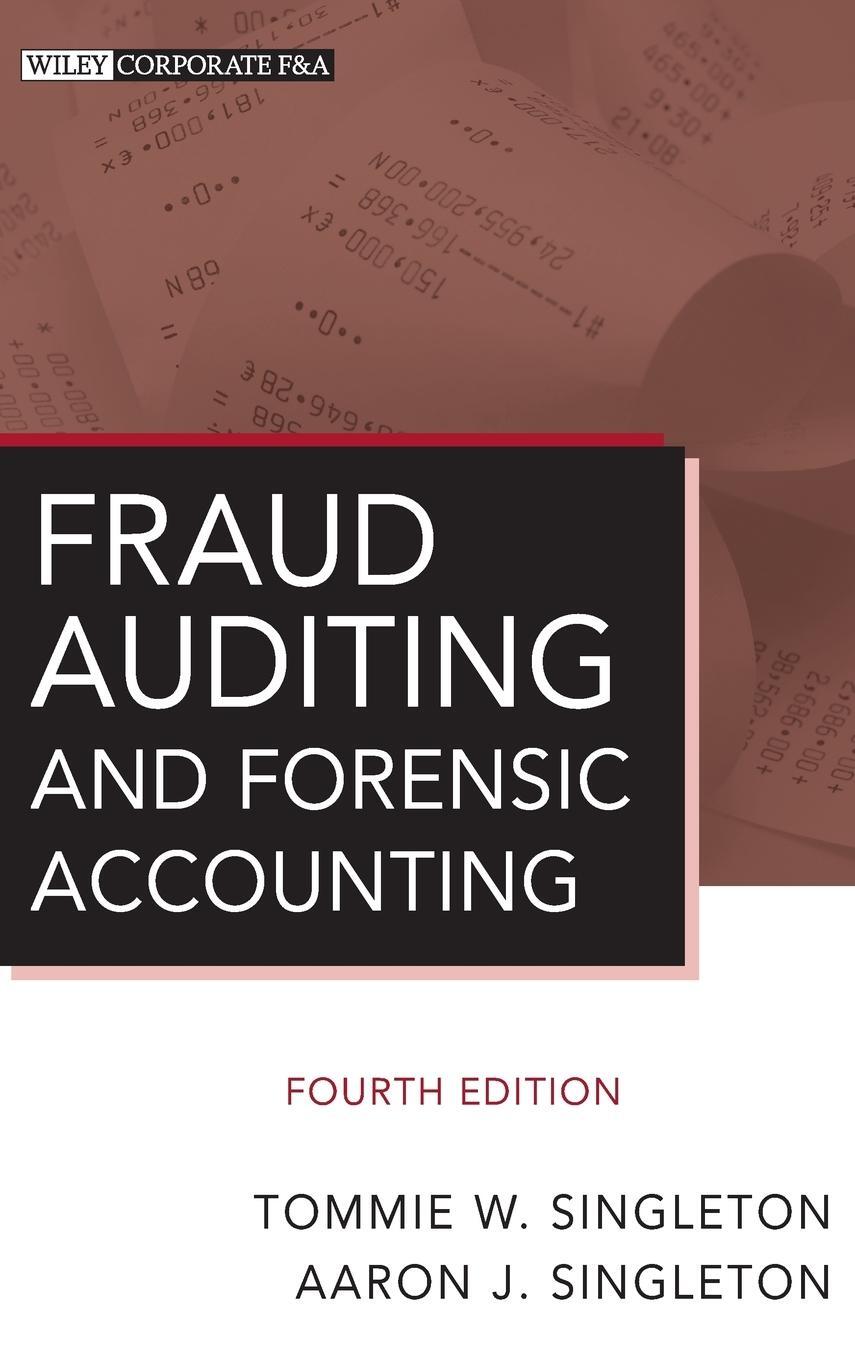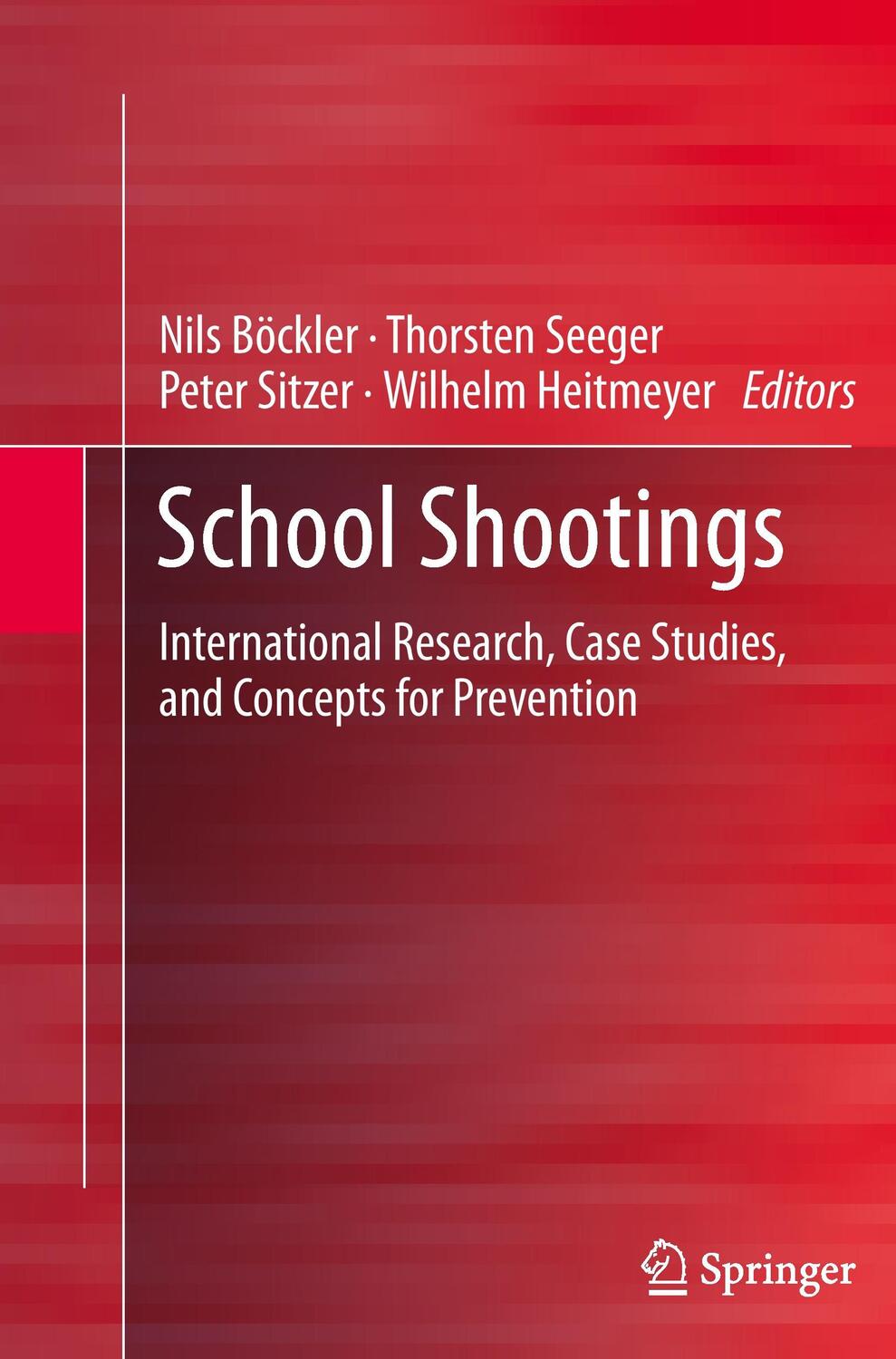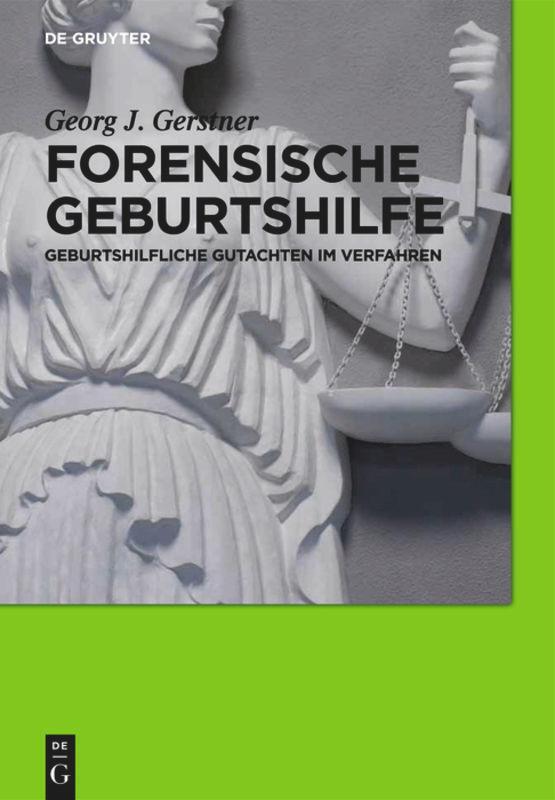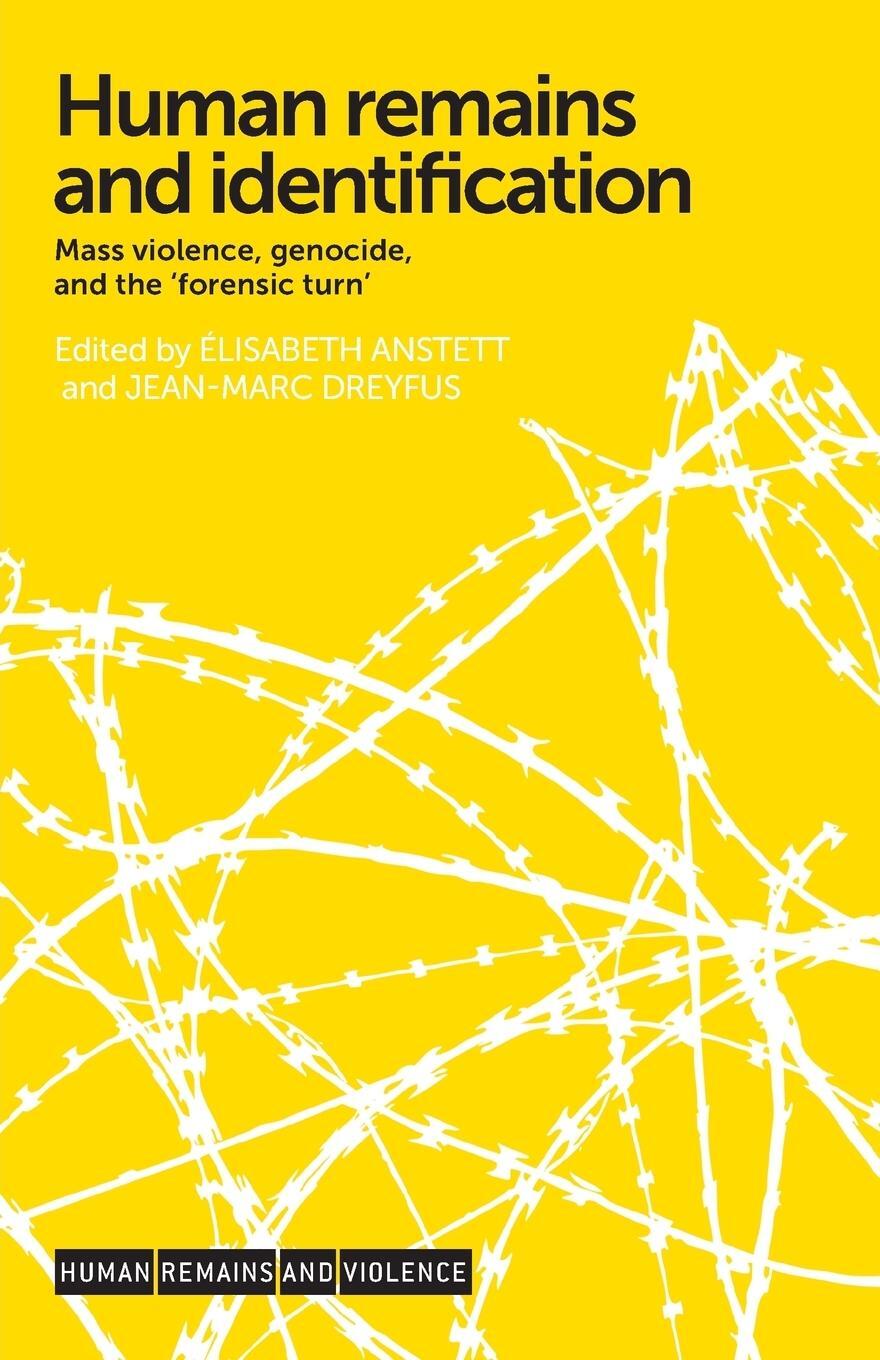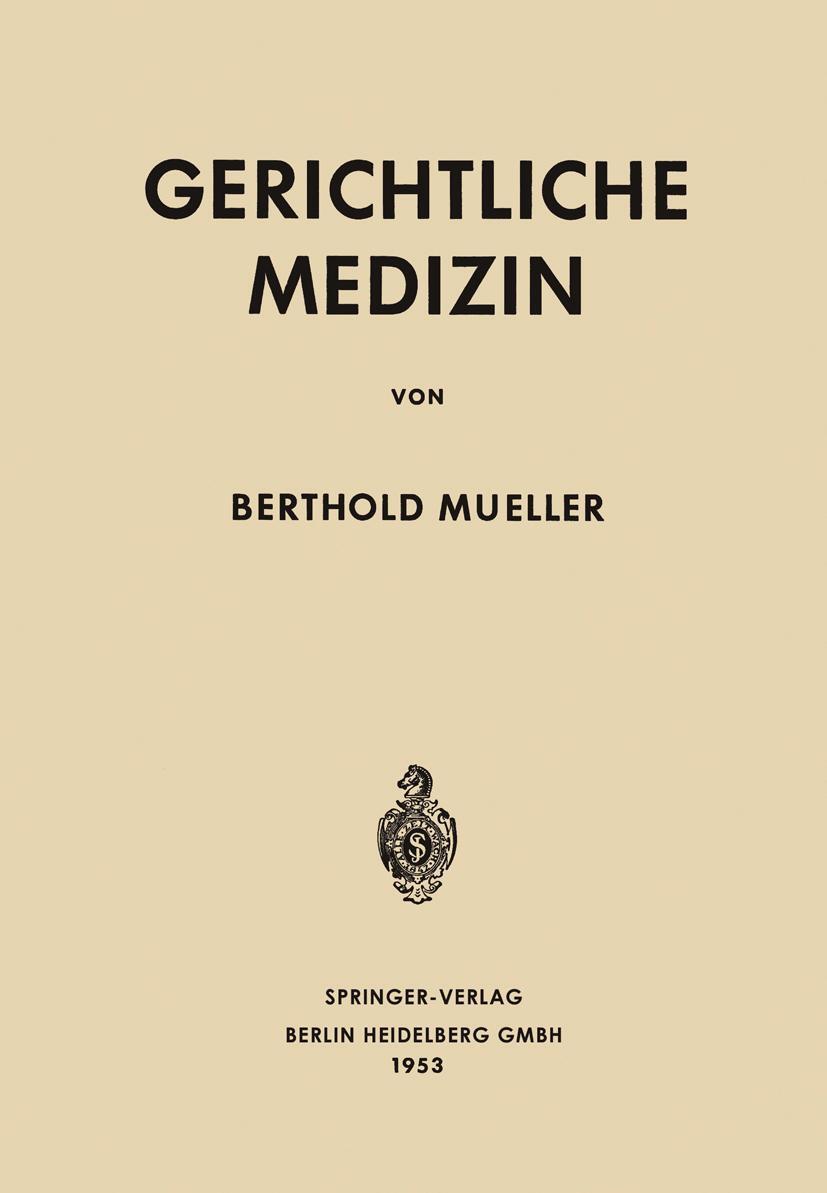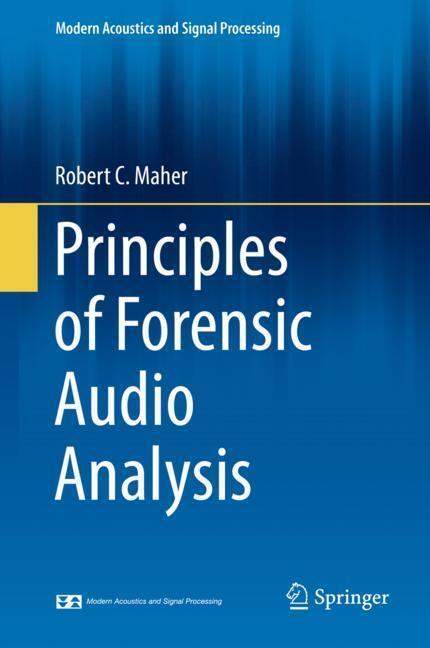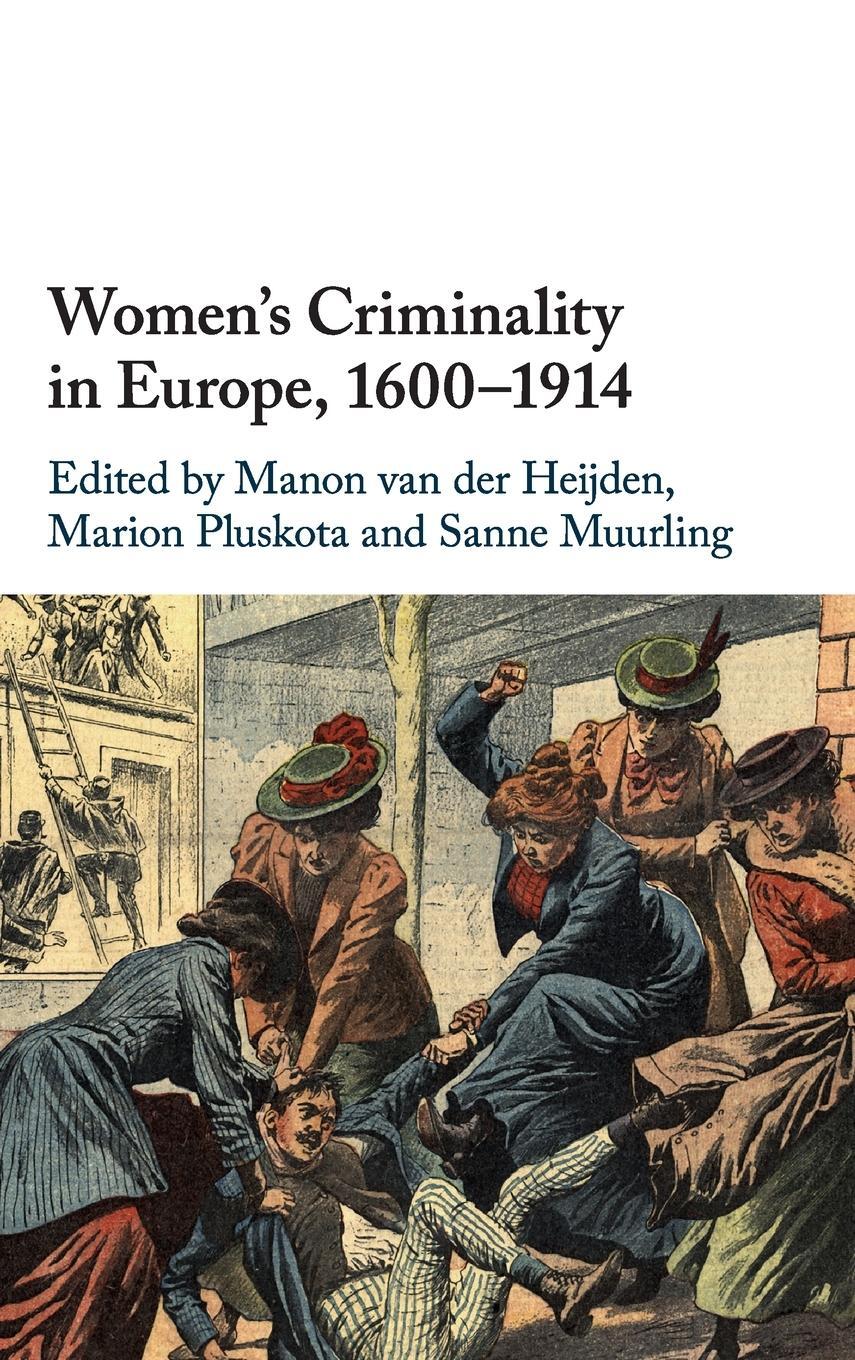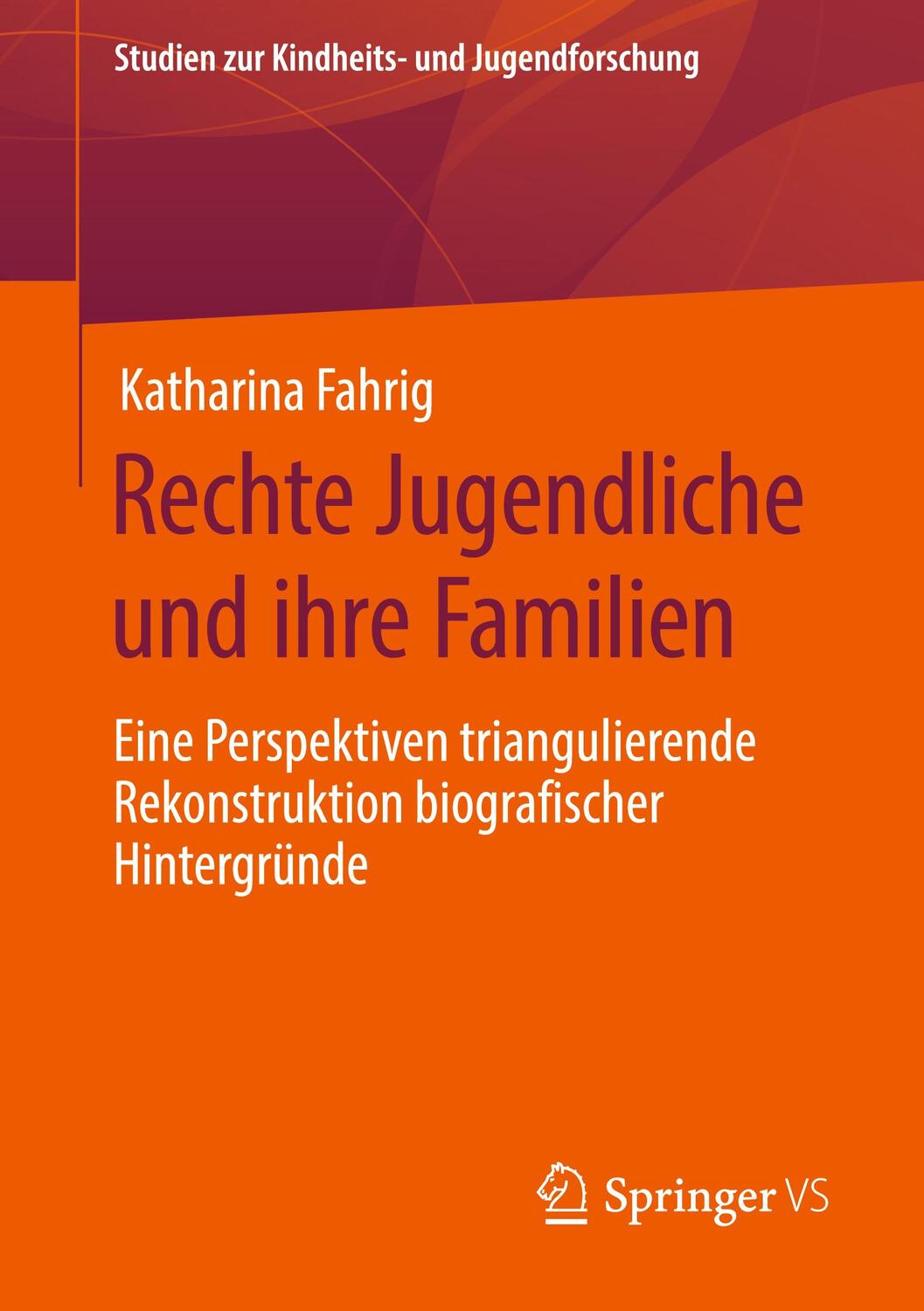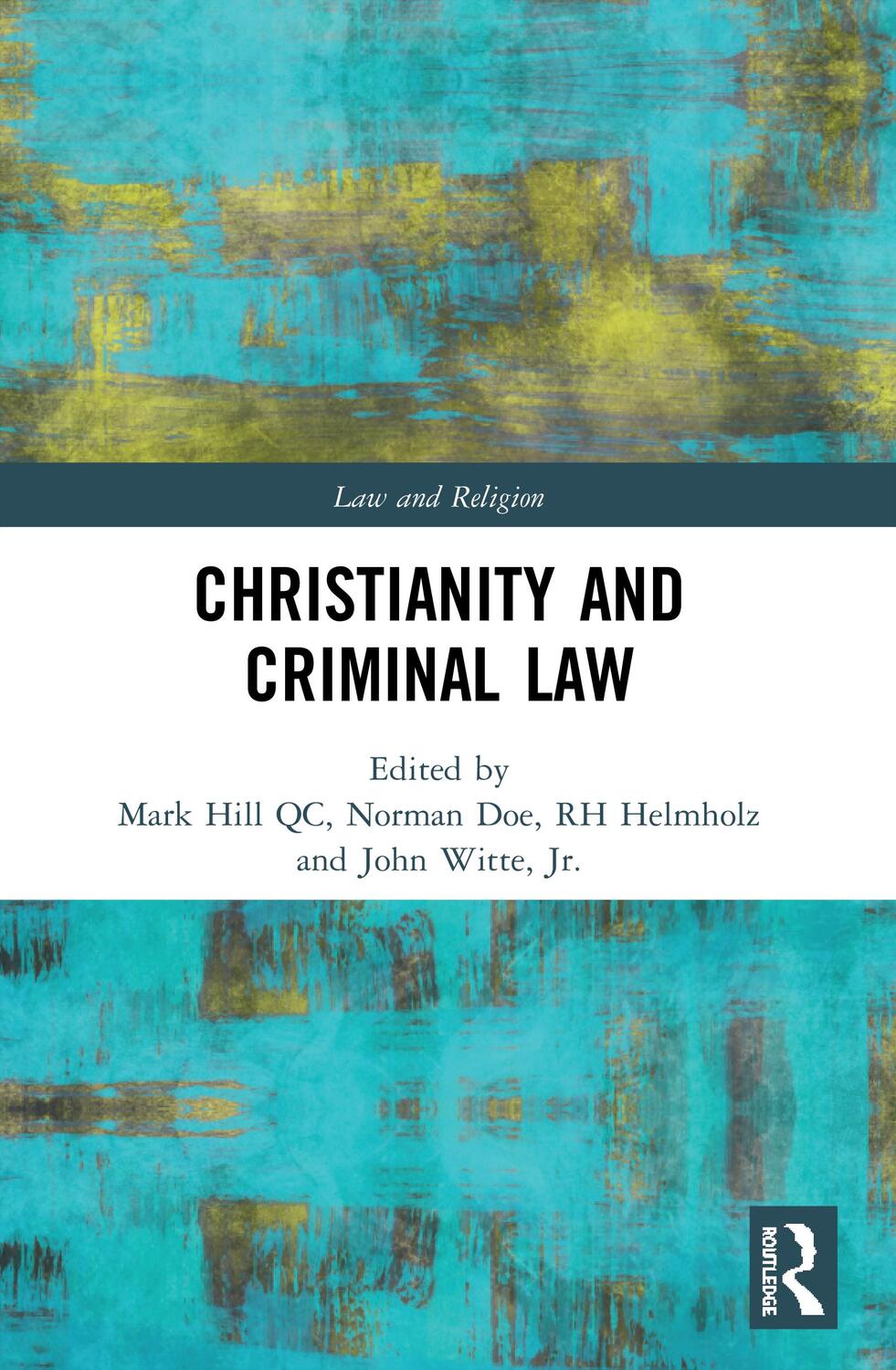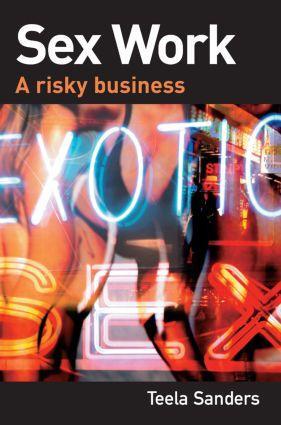105,50 €*
Versandkostenfrei per Post / DHL
Aktuell nicht verfügbar
"Tommie and Aaron Singleton have made important updates to a book I personally rely very heavily upon: Fraud Auditing and Forensic Accounting (FAFA). In the newest edition, they take difficult topics and explain them in straightforward actionable language. All my students benefitted from reading the third edition of the FAFA to better understand the issues and area of fraud and forensic accounting. With their singular focus on understandability and practicality, this Fourth Edition of the book makes a very important contribution for academics, researchers, practitioners, and students. Bravo!"-Dr. Timothy A. Pearson, Director, Division of Accounting, West Virginia University, Executive Director, Institute for Fraud Prevention
"Finally someone has written a book that combines fraud examination and forensic accounting. The authors have clearly explained both in their earlier edition and now they have enhanced the first with additional materials. The order in which the material is presented is easy to grasp and logically follows the 'typical' fraud examination from the awareness that something is wrong to the court case. The explanatory materials presented aid this effort by being both well placed within the book and relevant to the narrative." -Dr. Douglas E. Ziegenfuss, Chair and Professor, Department of Accounting, Old Dominion University
"Fraud Auditing and Forensic Accounting is a masterful compilation of the concepts found in this field. The organization of the text with the incorporation of actual cases, facts, and figures provides a logical and comprehensive basis for learning the intricacies of fraud examination and forensic accounting. The authors successfully blend the necessary basics with advanced principles in a manner that makes the book an outstanding resource for students and professionals alike."-Ralph Q. Summerford, President of Forensic/Strategic Solutions, P
"Tommie and Aaron Singleton have made important updates to a book I personally rely very heavily upon: Fraud Auditing and Forensic Accounting (FAFA). In the newest edition, they take difficult topics and explain them in straightforward actionable language. All my students benefitted from reading the third edition of the FAFA to better understand the issues and area of fraud and forensic accounting. With their singular focus on understandability and practicality, this Fourth Edition of the book makes a very important contribution for academics, researchers, practitioners, and students. Bravo!"-Dr. Timothy A. Pearson, Director, Division of Accounting, West Virginia University, Executive Director, Institute for Fraud Prevention
"Finally someone has written a book that combines fraud examination and forensic accounting. The authors have clearly explained both in their earlier edition and now they have enhanced the first with additional materials. The order in which the material is presented is easy to grasp and logically follows the 'typical' fraud examination from the awareness that something is wrong to the court case. The explanatory materials presented aid this effort by being both well placed within the book and relevant to the narrative." -Dr. Douglas E. Ziegenfuss, Chair and Professor, Department of Accounting, Old Dominion University
"Fraud Auditing and Forensic Accounting is a masterful compilation of the concepts found in this field. The organization of the text with the incorporation of actual cases, facts, and figures provides a logical and comprehensive basis for learning the intricacies of fraud examination and forensic accounting. The authors successfully blend the necessary basics with advanced principles in a manner that makes the book an outstanding resource for students and professionals alike."-Ralph Q. Summerford, President of Forensic/Strategic Solutions, P
TOMMIE W. SINGLETON, CPA, CMA, CISA, CFF, CGEIT, and CITP, is Marshall IS Scholar and coordinator of the Forensic Accounting Program at the University of Alabama at Birmingham. His articles have appeared in such journals as EDPACS, EDP Auditor Journal, White-Collar Crime Fighter, Journal of Corporate Accounting and Finance, and Information Systems Audit and Control journal. Tommie has presented this material to dozens of auditing firms, internal audit departments, and professional organizations as seminars and training. He is a scholar-in-residence for the regional public accounting firm Carr, Riggs & Ingram with responsibilities related to fraud auditing and forensic accounting.
AARON J. SINGLETON, CPA, CISA, has worked for five years at a global public accounting firm performing information technology, financial statement, and regulatory compliance audits. Aaron's prior experience includes managing accounting and systems for a private wholesale company, and experience in systems development, installation, and support. Aaron has published articles related to fraud and forensics in journals including the Information Security Journal and the Journal of Corporate Accounting and Finance. Aaron earned his master's of accountancy from Bowling Green State University, and bachelor's degrees in accounting and management from the University of Alabama at Birmingham.
Acknowledgments.
Chapter 1 Background of Fraud Auditing and Forensic Accounting.
Introduction.
Brief History of Fraud and the Anti-fraud Profession.
The Fraud Cycle.
Review of Technical Literature.
Forensic Accountant and Audits.
Forensic Accountants.
Fraud Auditors.
Keys to Effective Fraud Investigation.
The Anti-fraud Professional's Career.
Summary.
Notes.
Chapter 2 Fraud Principles.
Introduction.
Definition: What Is Fraud?
Synonyms: Fraud, Theft, and Embezzlement.
Classic Fraud Research.
Fraud Triangle.
Scope of Fraud.
Profile of Fraudsters.
Who Is Victimized by Fraud Most Often?
Fraud Taxonomies.
Evolution of a Typical Fraud.
Summary.
Notes.
Chapter 3 Fraud Schemes.
Introduction.
ACFE Fraud Tree.
Financial Statement Schemes.
Corruption Schemes.
Asset Misappropriation Schemes.
Summary.
Notes.
Chapter 4 Red Flags.
Introduction.
Professional Standards.
Common Red Flags.
Specific Red Flags.
Fraud Detection Model.
Summary.
Notes.
Chapter 5 Fraud Risk Assessment.
Introduction.
Technical Literature and Risk Assessment.
Risk Assessment Factors.
Risk Assessment Best Practices.
Risk Management Checklists and Documentation.
Summary.
Notes.
Chapter 6 Fraud Prevention.
Introduction.
Prevention Environment.
Perception of Detection.
Classic Approaches.
Other Prevention Measures.
Accounting Cycles.
Summary.
Notes.
Chapter 7 Fraud Detection.
Introduction.
Fraud Detection Axioms.
Common Detection Methods.
Specific Detection Methods
Summary.
Appendix 7A: Beneish's Ratios.
Chapter 8 Fraud Response.
Introduction.
Fraud Policy.
Fraud Response Team.
Recovery.
Summary.
Appendix 8A: ACFE Sample Fraud Policy.
Appendix 8B: Sample Fraud Policy Decision Matrix.
Notes.
Chapter 9 Computer Crime.
Introduction.
History and Evolution of Computer Crimes.
Computer Crime Theories and Categorizations.
Characteristics of the Computer Environment.
Information Security (INFOSEC).
Profiling Internet Fraudsters.
Summary.
Notes.
Chapter 10 Fraud and the Accounting Information System.
Introduction.
Accounting Concepts.
Segregation of Duties.
Accounting Information Systems.
Key Personnel.
Computer Hardware.
Computer Software.
New Forms of Media
Audit Trail Concept.
Summary.
Chapter 11 Gathering Evidence.
Introduction.
Rules of Evidence.
Hearsay Exceptions.
Other Rules of Evidence.
Summary.
Notes.
Chapter 12 Cyber Forensics.
Introduction.
Expectation of Privacy.
Types of Investigations.
Sources of Digital Data.
Types of Cyber Data.
Cyber Forensics Investigation Process.
Variety of Specialists in Cyber Forensics.
Summary.
Notes.
Chapter 13 Obtaining and Evaluating Non-Financial Evidence in a Fraud Examination.
Introduction.
Interviews.
Body Language.
Deception Cues.
Eye Language.
Statement Analysis.
SCAN.
Summary.
Notes.
Chapter 14 General Criteria and Standards for Establishing an Expert Witness's.
Qualifications.
Introduction.
Credentials.
Personal Qualities of the Expert.
Sources for Locating Expert Witnesses.
Distinguishing the Actual Area of Competence.
Summary.
Notes.
Chapter 15 The Legal Role and Qualifications of an Expert Witness.
Introduction.
Role of a Forensic Accountant as a Witness in Court.
Legal Qualifications for a Forensic Accountant as an Expert Witness.
Qualification and Admissibility of Accounting Evidence.
Expert's Role in the Litigation Team.
Pretestimony Activities.
Summary.
Appendix 15A: Transcript of Typical Court Testimony of Expert Witness.
Notes.
Chapter 16 Effective Tactics and Procedures for the Expert Witness in Court.
Introduction.
Effective Profile.
Being a Credible Expert Witness.
Expert's Role in the Litigation Team.
Pretestimony Activities.
Trial and Testimony.
Survival Techniques.
Summary.
Note.
Chapter 17 Fraud and the Public Accounting Profession.
Introduction.
History of Fraud and the Auditor: A Summary.
Fraud and the Auditor's Liability.
Fraud and the Auditor's Responsibility.
Fraud and the Auditor's Role.
Summary.
Notes.
About the Authors.
Index.
| Erscheinungsjahr: | 2010 |
|---|---|
| Fachbereich: | Betriebswirtschaft |
| Genre: | Wirtschaft |
| Rubrik: | Recht & Wirtschaft |
| Medium: | Buch |
| Seiten: | 336 |
| Inhalt: | 336 S. |
| ISBN-13: | 9780470564134 |
| ISBN-10: | 047056413X |
| Sprache: | Englisch |
| Einband: | Gebunden |
| Autor: |
Singleton, Tommie W
Singleton, Aaron J |
| Auflage: | 4th edition |
| Hersteller: |
Wiley
John Wiley & Sons |
| Maße: | 235 x 157 x 22 mm |
| Von/Mit: | Tommie W Singleton (u. a.) |
| Erscheinungsdatum: | 07.09.2010 |
| Gewicht: | 0,635 kg |
TOMMIE W. SINGLETON, CPA, CMA, CISA, CFF, CGEIT, and CITP, is Marshall IS Scholar and coordinator of the Forensic Accounting Program at the University of Alabama at Birmingham. His articles have appeared in such journals as EDPACS, EDP Auditor Journal, White-Collar Crime Fighter, Journal of Corporate Accounting and Finance, and Information Systems Audit and Control journal. Tommie has presented this material to dozens of auditing firms, internal audit departments, and professional organizations as seminars and training. He is a scholar-in-residence for the regional public accounting firm Carr, Riggs & Ingram with responsibilities related to fraud auditing and forensic accounting.
AARON J. SINGLETON, CPA, CISA, has worked for five years at a global public accounting firm performing information technology, financial statement, and regulatory compliance audits. Aaron's prior experience includes managing accounting and systems for a private wholesale company, and experience in systems development, installation, and support. Aaron has published articles related to fraud and forensics in journals including the Information Security Journal and the Journal of Corporate Accounting and Finance. Aaron earned his master's of accountancy from Bowling Green State University, and bachelor's degrees in accounting and management from the University of Alabama at Birmingham.
Acknowledgments.
Chapter 1 Background of Fraud Auditing and Forensic Accounting.
Introduction.
Brief History of Fraud and the Anti-fraud Profession.
The Fraud Cycle.
Review of Technical Literature.
Forensic Accountant and Audits.
Forensic Accountants.
Fraud Auditors.
Keys to Effective Fraud Investigation.
The Anti-fraud Professional's Career.
Summary.
Notes.
Chapter 2 Fraud Principles.
Introduction.
Definition: What Is Fraud?
Synonyms: Fraud, Theft, and Embezzlement.
Classic Fraud Research.
Fraud Triangle.
Scope of Fraud.
Profile of Fraudsters.
Who Is Victimized by Fraud Most Often?
Fraud Taxonomies.
Evolution of a Typical Fraud.
Summary.
Notes.
Chapter 3 Fraud Schemes.
Introduction.
ACFE Fraud Tree.
Financial Statement Schemes.
Corruption Schemes.
Asset Misappropriation Schemes.
Summary.
Notes.
Chapter 4 Red Flags.
Introduction.
Professional Standards.
Common Red Flags.
Specific Red Flags.
Fraud Detection Model.
Summary.
Notes.
Chapter 5 Fraud Risk Assessment.
Introduction.
Technical Literature and Risk Assessment.
Risk Assessment Factors.
Risk Assessment Best Practices.
Risk Management Checklists and Documentation.
Summary.
Notes.
Chapter 6 Fraud Prevention.
Introduction.
Prevention Environment.
Perception of Detection.
Classic Approaches.
Other Prevention Measures.
Accounting Cycles.
Summary.
Notes.
Chapter 7 Fraud Detection.
Introduction.
Fraud Detection Axioms.
Common Detection Methods.
Specific Detection Methods
Summary.
Appendix 7A: Beneish's Ratios.
Chapter 8 Fraud Response.
Introduction.
Fraud Policy.
Fraud Response Team.
Recovery.
Summary.
Appendix 8A: ACFE Sample Fraud Policy.
Appendix 8B: Sample Fraud Policy Decision Matrix.
Notes.
Chapter 9 Computer Crime.
Introduction.
History and Evolution of Computer Crimes.
Computer Crime Theories and Categorizations.
Characteristics of the Computer Environment.
Information Security (INFOSEC).
Profiling Internet Fraudsters.
Summary.
Notes.
Chapter 10 Fraud and the Accounting Information System.
Introduction.
Accounting Concepts.
Segregation of Duties.
Accounting Information Systems.
Key Personnel.
Computer Hardware.
Computer Software.
New Forms of Media
Audit Trail Concept.
Summary.
Chapter 11 Gathering Evidence.
Introduction.
Rules of Evidence.
Hearsay Exceptions.
Other Rules of Evidence.
Summary.
Notes.
Chapter 12 Cyber Forensics.
Introduction.
Expectation of Privacy.
Types of Investigations.
Sources of Digital Data.
Types of Cyber Data.
Cyber Forensics Investigation Process.
Variety of Specialists in Cyber Forensics.
Summary.
Notes.
Chapter 13 Obtaining and Evaluating Non-Financial Evidence in a Fraud Examination.
Introduction.
Interviews.
Body Language.
Deception Cues.
Eye Language.
Statement Analysis.
SCAN.
Summary.
Notes.
Chapter 14 General Criteria and Standards for Establishing an Expert Witness's.
Qualifications.
Introduction.
Credentials.
Personal Qualities of the Expert.
Sources for Locating Expert Witnesses.
Distinguishing the Actual Area of Competence.
Summary.
Notes.
Chapter 15 The Legal Role and Qualifications of an Expert Witness.
Introduction.
Role of a Forensic Accountant as a Witness in Court.
Legal Qualifications for a Forensic Accountant as an Expert Witness.
Qualification and Admissibility of Accounting Evidence.
Expert's Role in the Litigation Team.
Pretestimony Activities.
Summary.
Appendix 15A: Transcript of Typical Court Testimony of Expert Witness.
Notes.
Chapter 16 Effective Tactics and Procedures for the Expert Witness in Court.
Introduction.
Effective Profile.
Being a Credible Expert Witness.
Expert's Role in the Litigation Team.
Pretestimony Activities.
Trial and Testimony.
Survival Techniques.
Summary.
Note.
Chapter 17 Fraud and the Public Accounting Profession.
Introduction.
History of Fraud and the Auditor: A Summary.
Fraud and the Auditor's Liability.
Fraud and the Auditor's Responsibility.
Fraud and the Auditor's Role.
Summary.
Notes.
About the Authors.
Index.
| Erscheinungsjahr: | 2010 |
|---|---|
| Fachbereich: | Betriebswirtschaft |
| Genre: | Wirtschaft |
| Rubrik: | Recht & Wirtschaft |
| Medium: | Buch |
| Seiten: | 336 |
| Inhalt: | 336 S. |
| ISBN-13: | 9780470564134 |
| ISBN-10: | 047056413X |
| Sprache: | Englisch |
| Einband: | Gebunden |
| Autor: |
Singleton, Tommie W
Singleton, Aaron J |
| Auflage: | 4th edition |
| Hersteller: |
Wiley
John Wiley & Sons |
| Maße: | 235 x 157 x 22 mm |
| Von/Mit: | Tommie W Singleton (u. a.) |
| Erscheinungsdatum: | 07.09.2010 |
| Gewicht: | 0,635 kg |

